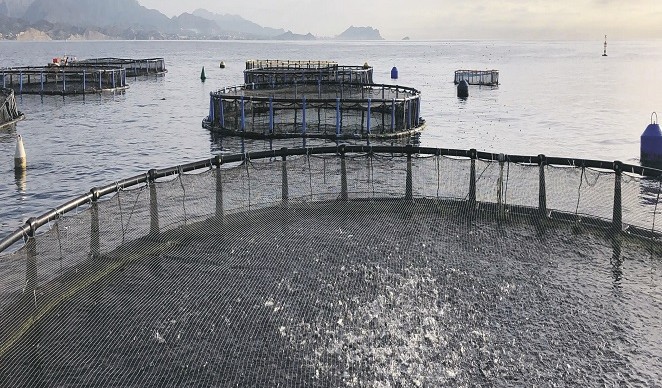The exhibition “The impact of human noise on fish. Key parameters for its study” uncovers the effects of human action on marine ecosystems.
Seas and oceans suffer the effects of pollution, not only visible but also acoustic pollution. The exhibition “The impact of human noise on fish. Key parameters for its study”, which can be visited until November 28 at the Gandia campus of the Universitat Politècnica de València (UPV), addresses how human noise alters marine life.
Research on the impact of noise pollution on the marine ecosystem
Maritime traffic, fishing or certain industrial activities directly affect the physiology, reproduction and even the survival of the animals that inhabit the oceans. For this reason, the degree to which noise influences marine ecosystems has become an issue of growing concern to the scientific community.
The exhibition “The impact of human noise on fish. Key parameters for its study” disseminates the results of two research projects: Filling the gap: Thresholds assessment and impact beyond acoustic pressure level linked to emerging blue-growth activities and Bluefin Tuna (Thunnus Thynuus) behavior in different underwater acoustic environmentsThe following are some of the activities that have been carried out with the participation of Research Institute for the Integrated Management of Coastal Zones (IGIC).
According to Jaime Ramis, professor at the University of Alicante (UA) and director of the research, “we know that noise alters ecosystems and we are working on this topic because we want to master the variables that allow us to protect the marine environment from an acoustic aggression that is increasing”. In addition, “thanks to these studies it will be possible to define regulations that limit noise emissions from ships and other facilities associated with the so-called Blue Economy, always bearing in mind the importance of the marine soundscape”.
Six thematic blocks to understand the problem
The exhibition has been organized in six thematic blocks: Importance of the underwater soundscape; The auditory sense of fish: Sound Pressure Level versus Particle Motion; Monitoring of the soundscape in environments near fish farms; Generation and Propagation of seismic waves in the marine environment; Tanks tests to study the effect of noise on fish; and The effect of anthropogenic noise on tuna in captivity.
The exhibition “The impact of human noise on fish. Key parameters for its study” will remain open to the public until November 28th in the exhibition hall of the UPV Gandia campus.

